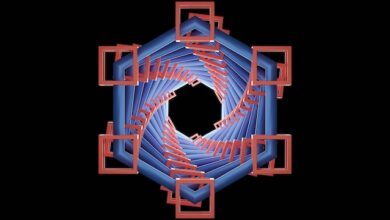The Most Widely Used Blockchain Users Pay Continues to Be Ethereum

Even after hundreds of other blockchains have been introduced, Ethereum is still the most widely used platform where users are willing to part with money. According to data from Cryptofees, which shows that users on the Ethereum network paid approximately $2 million in fees, this is the case. The data also shows that the average weekly fee paid on the network is $2.7 million.
The blockchains Uniswap, Aave, and Binance Smart Chain are also paid for by users. In comparison to an average of $1.5 million each week, $826k in fees are paid on Uniswap every 24 hours, according to statistics. The seven-day average is $605k, whereas Aave’s daily charge is $731k. The seven-day average fee for Binance Smart Chain is $720k, while the daily fee is $691k.
The most widely used digital currency, Bitcoin, generated a $259k fee in a single day as the sixth blockchain that people are paying to use. Other blockchains that consumers pay for their utility are GMX, Sushiswap, Ethereum Name Service, and Synthetix, which are ranked sixth, seventh, eighth, and ninth, respectively. Sushiswap, ENS, GMX, and Synthetix all impose 24-hour fees of $133k, $122k, and $109k respectively.
Other networks with daily fees above $20k include Traderjoe ($60k), Solana ($59.7k), MakerDAO ($49k), Avalanche ($30k), Polygon ($26k), Osmosis ($24k), and Balancer ($23k).
The amount of money spent on these blockchains and the demand for lower prices made it necessary to build on second-layer blockchains, like the Ethereum L2. What is the current cost of using blockchains on the second layer of Ethereum?
According to l2fees, the cost of sending ETH on Loopring, the zkRollup solution created to offer the same security guarantees as the Ethereum network, is $0.04. It costs $0.05 on ZKSync while $0.25 on Polymer Hermez. The tokenless scaling network that is compatible with the Ethereum virtual machine is ZKSync, whereas Hermez scales payments and token transfers on Ethereum utilizing its roll-up methodology.
The amount of money spent on these blockchains and the demand for lower prices made it necessary to build on second-layer blockchains, like the Ethereum L2. What is the current cost of using blockchains on the second layer of Ethereum?
According to l2fees, the cost of sending ETH on Loopring, the zkRollup solution created to offer the same security guarantees as the Ethereum network, is $0.04. It costs $0.05 on ZKSync while $0.25 on Polymer Hermez. The tokenless scaling network that is compatible with the Ethereum virtual machine is ZKSync, whereas Hermez scales payments and token transfers on Ethereum utilizing its roll-up methodology.




